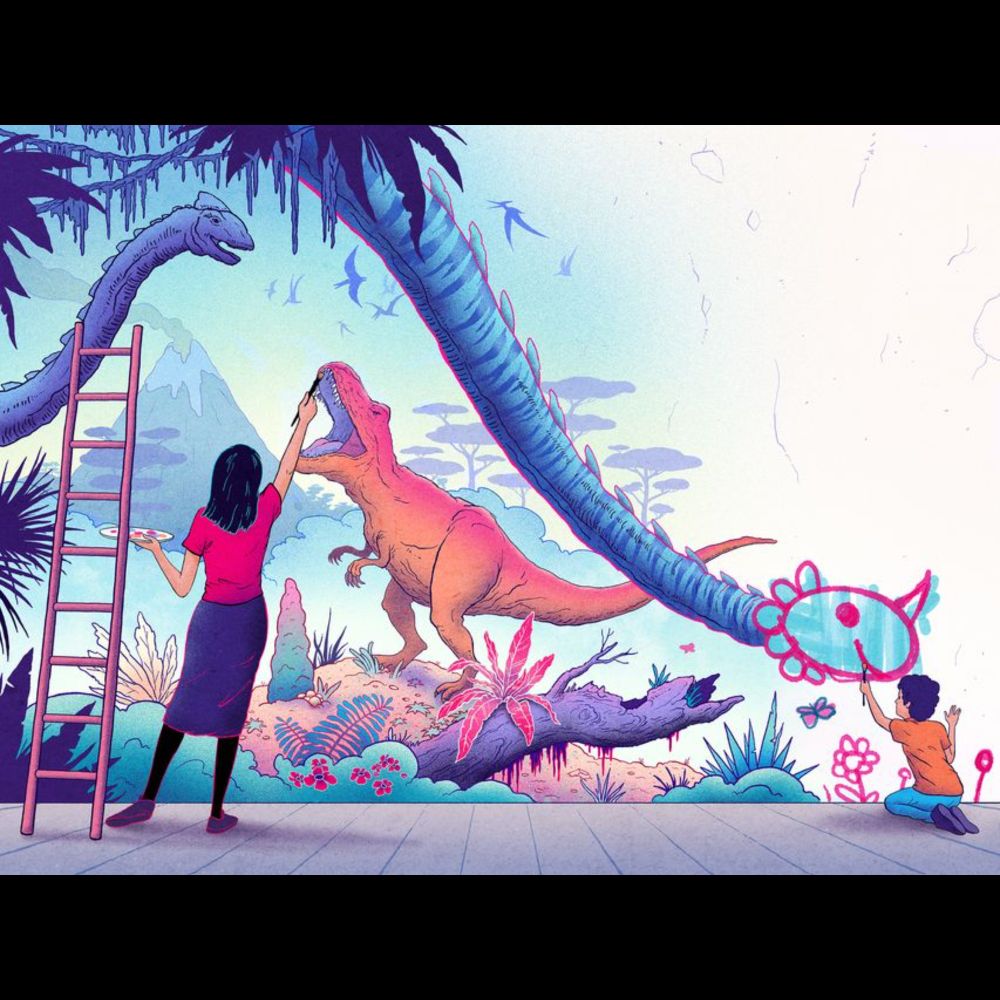Chapter 11: Reimagining Imagination The AI program DALL-E exhibits similar biases to people when generating art. Asked to draw creatures from another planet with feathers (left) or scales (right), DALL-E draws creatures that strongly resemble birds or lizards, respectively.
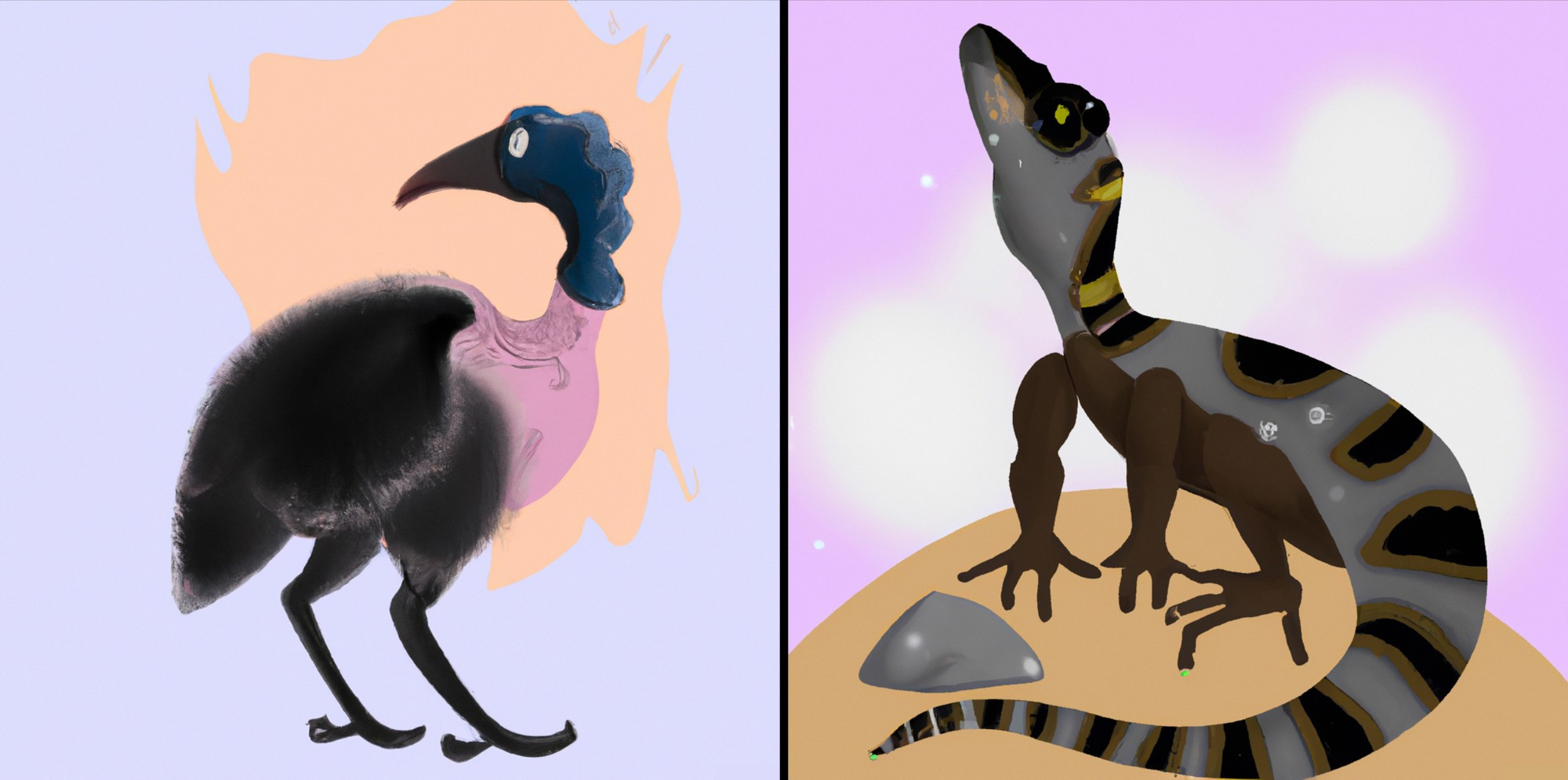
Chapter 10: Religion Expanding our metaphysical imagination Angels are ethereal beings in formal theology but are depicted in art as humans with wings. This 18th-century etching depicts the angel that expelled Adam & Eve from Eden as so humanlike he requires a cloud to stand on.
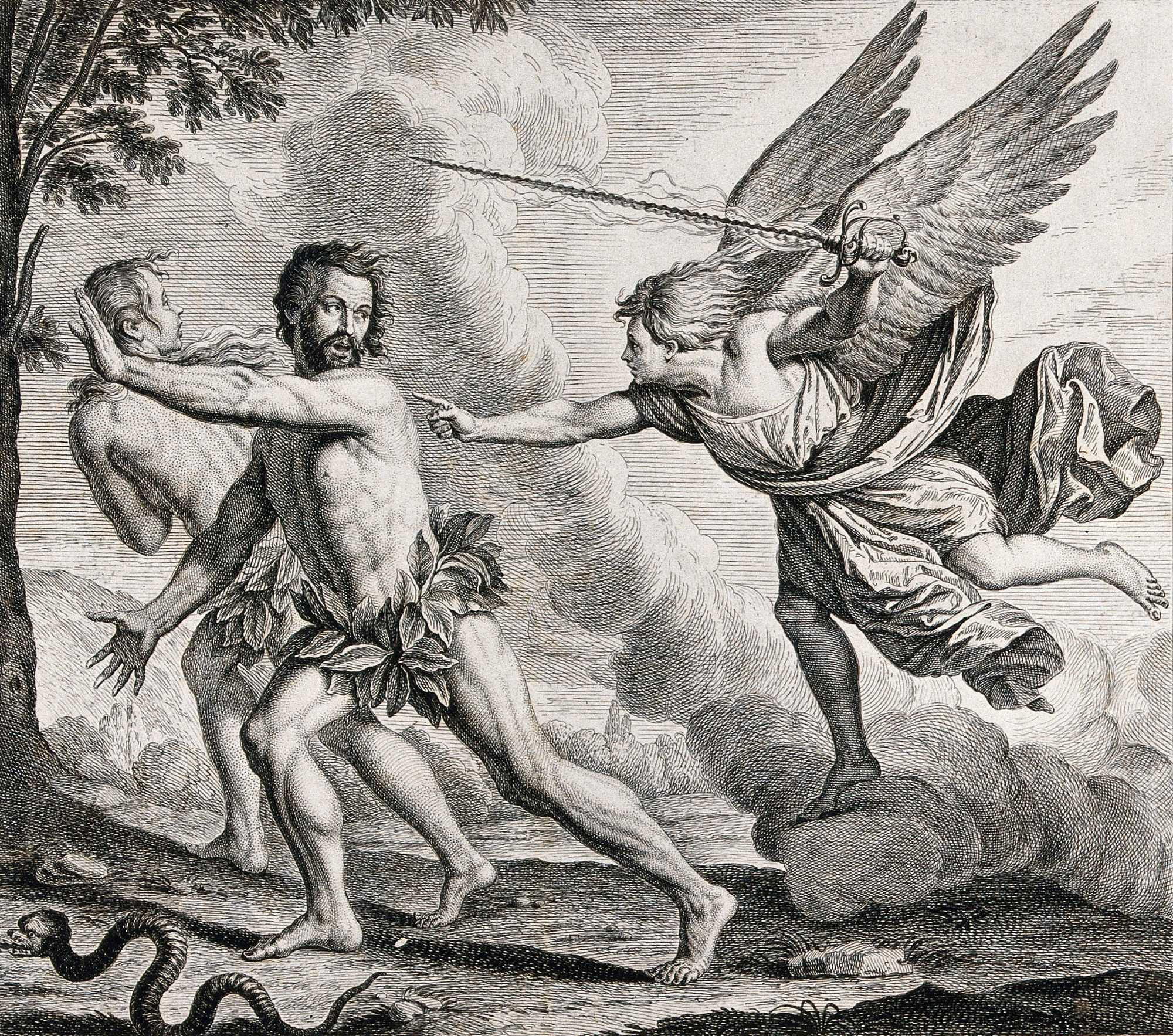
Chapter 9: Fiction Expanding our social imagination Early cartoons featured surreal events like hot dogs dancing on the grill and characters tipping their scalp as if it were a hat. Such events violated too many expectations and were replaced with more plausible impossibilities.

Chapter 8: Pretense Expanding our symbolic imagination When adults are asked to draw animals from another planet, they draw animals that largely resemble those found on earth. (Adapted from Ward, 1994)

Chapter 7: Ethics Expanding our moral imagination Children are strongly committed to equality and must learn to imagine situations in which an equal distribution of resources (left) is not always a fair distribution (right).
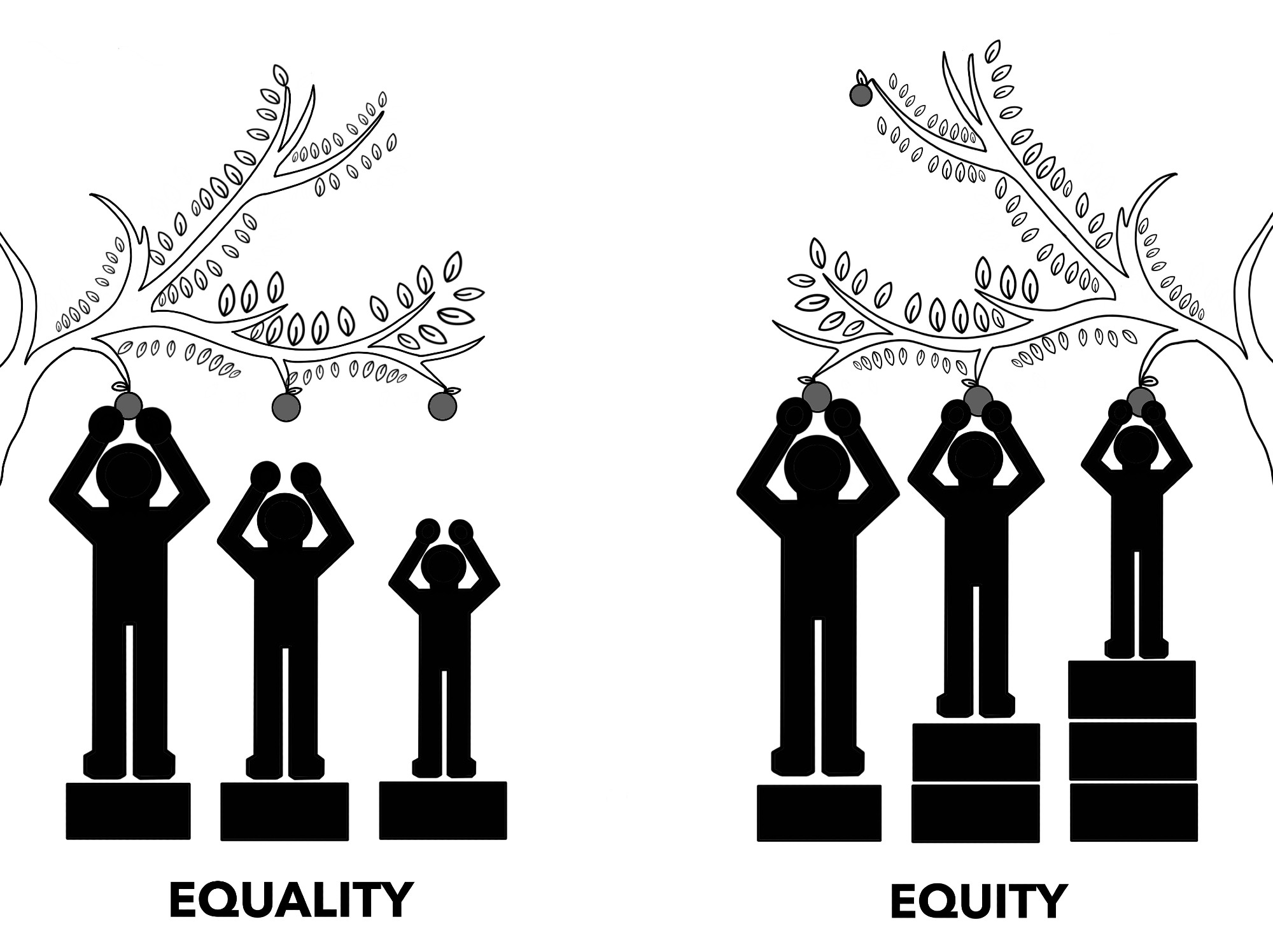
Chapter 6: Mathematics Expanding our numerical and spatial imagination The sum of consecutive odd numbers is always a perfect square. The reason can be visualized in terms of actual squares. (Adapted from Johnson & Steinerberger, 2019)
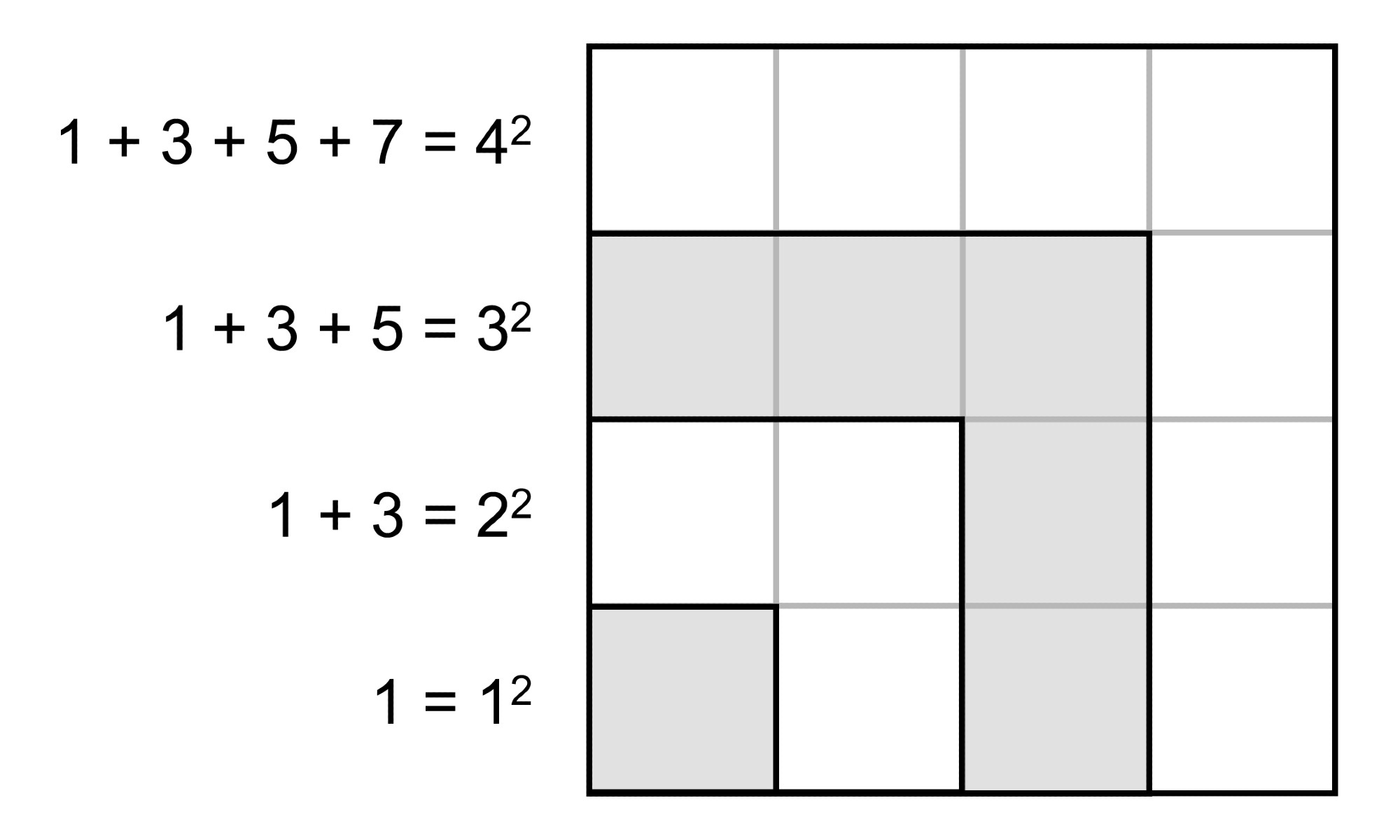
Chapter 5: Science Expanding our causal imagination Analogies are the engine of scientific discovery, such as the discovery that electrons revolve around the nucleus of an atom similarly to how planets revolve around the sun.

Chapter 4: Anomalies Expanding our empirical imagination 4-yr-olds recognize that a ball dropped through a forked tube could exit on the left or right and put their hands under both openings, but younger children put their hands under just one. (From Redshaw & Suddendorf, 2016)

